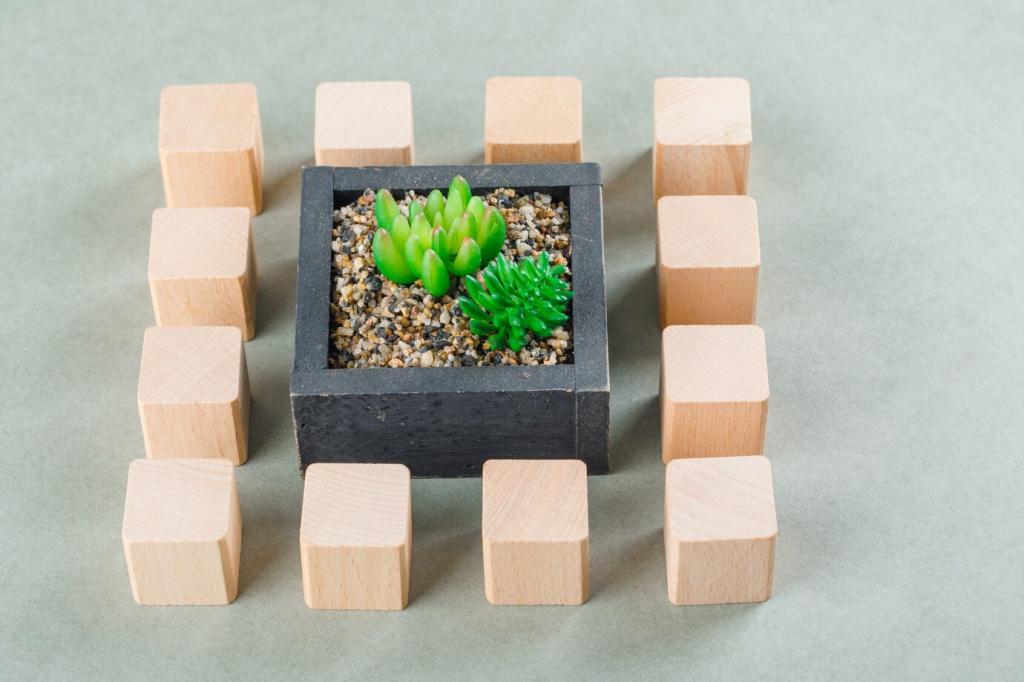Understand Your Indoor Water Footprint
Track one week of usage: showers, toilet flushes, dishwashing loads, and laundry cycles. Photograph meter readings, note wait time for hot water, and listen for nighttime toilet refills. You will spot patterns instantly, especially small leaks that silently add up.
Understand Your Indoor Water Footprint
Aim for WaterSense levels: 1.28 gallons per flush toilets, 2.0 gallons per minute showerheads, and 1.5 gallons per minute bathroom faucets. Translate these into monthly targets and post them on the fridge. Clear numbers make every upgrade feel purposeful.




